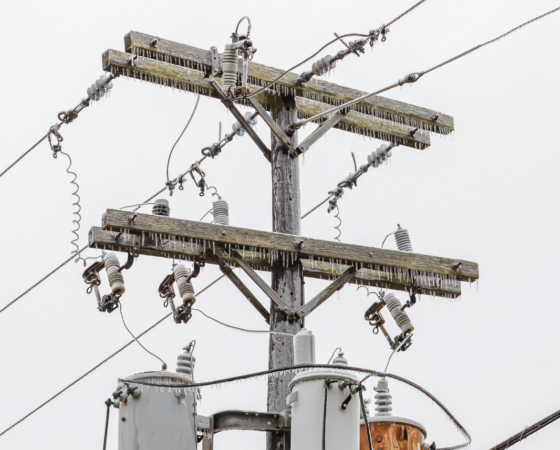Reposted from the Energy Collective:
Electric vehicles (EVs) are widely considered an inevitable part of the future of transportation. Every major auto manufacturer is working on their own electric model, with notables like the Nissan Leaf, Chevy Volt and an electric Ford Focus scheduled for release within the next year or two.

The primary concerns surrounding EVs are, of course, their affordability for the mass market, reliability(batteries?) for long-distance travel — a veritable pastime in the United States — and grid power that’s clean enough to charge them without simply trading fossil fuel car emissions for fossil fuel power plant emissions.
Tennessee Leads the Way in Electric Vehicle Charging
In that vein, the state of Tennessee has taken its first step toward leading the way in renewable EV charging. The state has installed its first solar carport-slash-electric vehicle charging station at a site in Pulaski. Known familiarly as solar carports, these charging stations are no different than traditional carports except for a roof covered in solar panels. The power produced by these panels can charge electric cars or be channeled (for a price) to the regional electric grid. In Pulaski’s case, that’s the Tennessee Valley Authority (TVA).
The Pulaski solar carport is relatively small, with the capacity to shelter and/or charge 12 vehicles, but it is a big start, with a second, larger facility planned for Pulaski, as well as another in Knoxville. All three carports will be installed by Outpost Solar, LLC. The first has been installed using only American-made components through a partnership between the state of Tennessee, the U.S. Department of Agriculture, Pulaski Electric System and TVA, to which the solar power from all facilities will be sold.

The Pulaski solar carport is a bit ahead of its time, no doubt looking forward to an expected increase in charging demand in the coming years, so for now the facility is only being used for solar power generation aimed at TVA’s electric grid, with the option for EV charging services ready and waiting.
Wave of the Future?
There are a handful of solar carports already in existence elsewhere in the country, most notably at Google’s headquarters in California. The future of EVs may also spur residential solar carports by which homeowners can charge their own electric vehicles using some of the energy from a home solar power system. Plug-in electric vehicles (PEVs) are also likely to come in handy for the future of Smart Grid operations, where plugged-in cars en masse can actually provide power to the grid, thus helping utilities balance loads without firing up back-up power plants.
Google has been testing the power of plug-in electric vehicles at its headquarters for two years now under itsRechargeIT program. See the results of their latest experiment here.





